Earl's Hole Method of Growing Tomatoes
melvalena
12 years ago
Related Stories

EDIBLE GARDENSSummer Crops: How to Grow Tomatoes
Plant tomato seedlings in spring for one of the best tastes of summer, fresh from your backyard
Full Story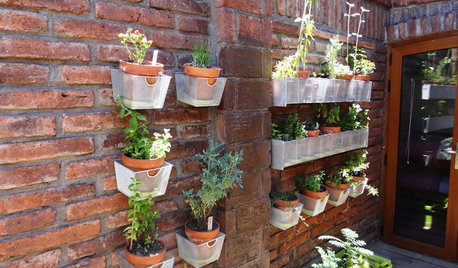
EDIBLE GARDENSHouzz Call: Where Are the Craziest Places You Grow Edibles?
Basil in a bathtub, spinach stacked up a wall ... If your edibles occupy an odd spot, we’d like to know
Full Story
FARM YOUR YARDHow to Grow Vegetables in Containers
Get glorious vegetables and fruits on your patio with a pro’s guidance — including his personal recipe for potting mix
Full Story
SUMMER GARDENINGHow to Grow Basil
Bright color, quick growth and endless uses for cooking make this summer annual a winner in the garden or a pot
Full Story
FARM YOUR YARD10 Easy Edibles to Grow in Containers
These herbs, vegetables and fruits are just as happy in a pot as they are in the ground
Full Story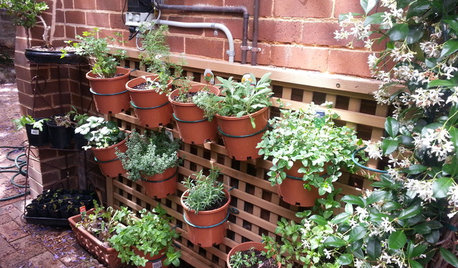
FARM YOUR YARD14 Crazy Places to Grow Edibles
Some Houzzers may lack ground for gardening, but they’re never short on imagination
Full Story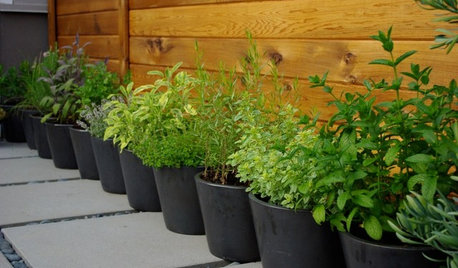
GARDENING GUIDES6 Ways to Grow Edibles in Small Places
No big backyard? Join in the grow-your-own fun with these small-space ideas for planting vegetables, fruits and herbs
Full Story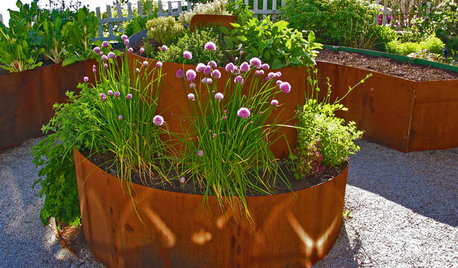
URBAN GARDENSContainers Make Growing Edibles a Cinch
If life hands you a lack of land, grow lemons — with a few basics, you can proudly reap the fruits, veggies and herbs of your labor
Full Story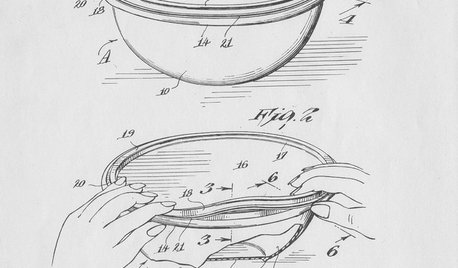
FEATURESHow Tupperware’s Inventor Left a Legacy That’s Anything but Airtight
Earl S. Tupper — and his trailblazing marketing guru, Brownie Wise — forever changed food storage. His story is stranger than fiction
Full Story
FALL GARDENING5 Ways to Put Fall Leaves to Work in Your Garden
Improve your soil and yard the organic way with a valuable garden booster that grows on trees
Full Story





Lynn Marie
rock_oak_deer
Related Professionals
Elwood Landscape Architects & Landscape Designers · Graham Landscape Architects & Landscape Designers · Middle River Landscape Architects & Landscape Designers · Dallas Landscape Contractors · East Hanover Landscape Contractors · North Lauderdale Landscape Contractors · Oak Harbor Landscape Contractors · Rockland Landscape Contractors · Tuscaloosa Landscape Contractors · Waterford Landscape Contractors · Forest Hill Landscape Contractors · Calabasas Window Contractors · Greatwood Window Contractors · Hesperia Window Contractors · Morton Grove Window ContractorsmelvalenaOriginal Author
sb158
melvalenaOriginal Author
sb158
duajones
badboles
sfmathews